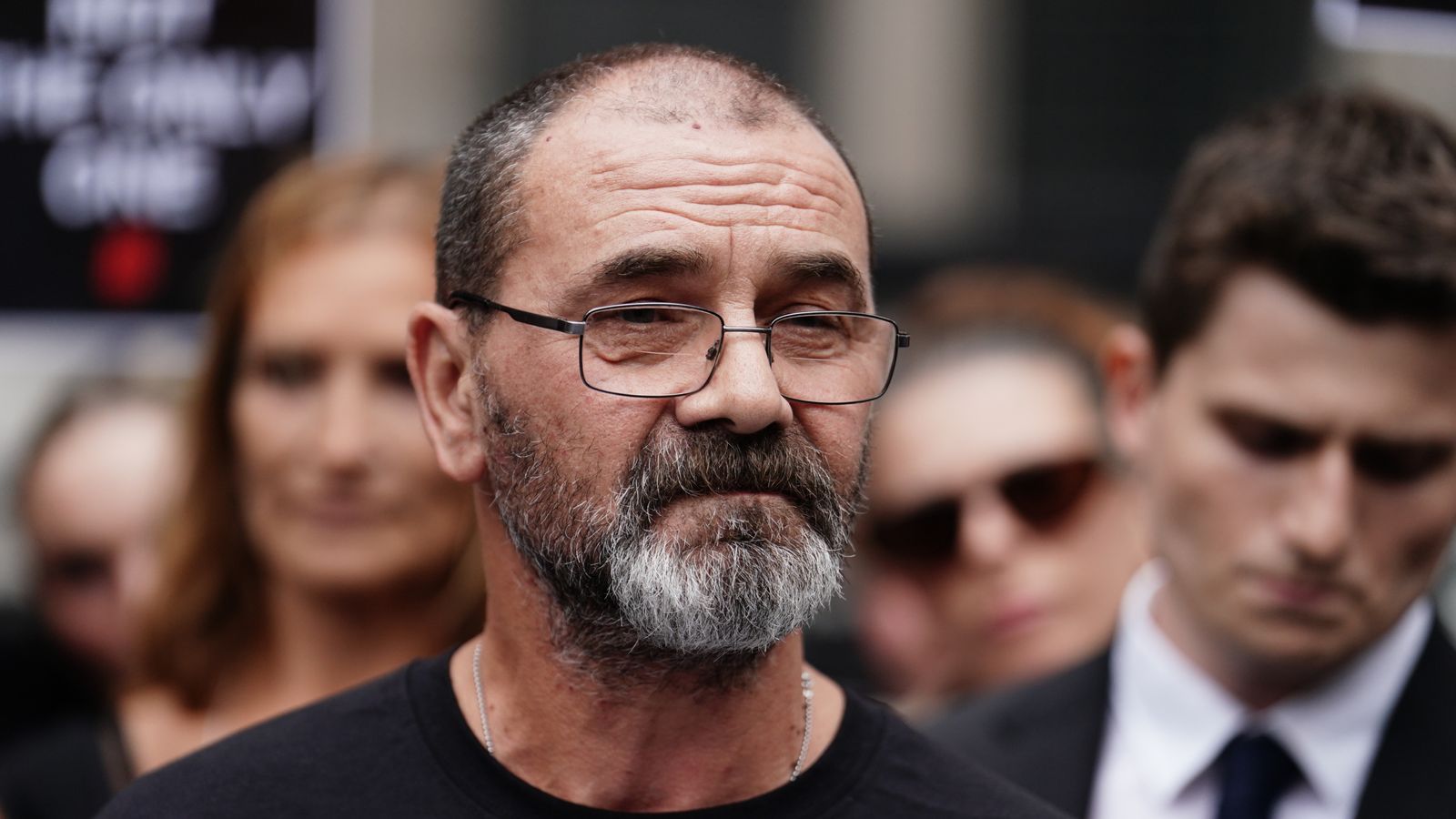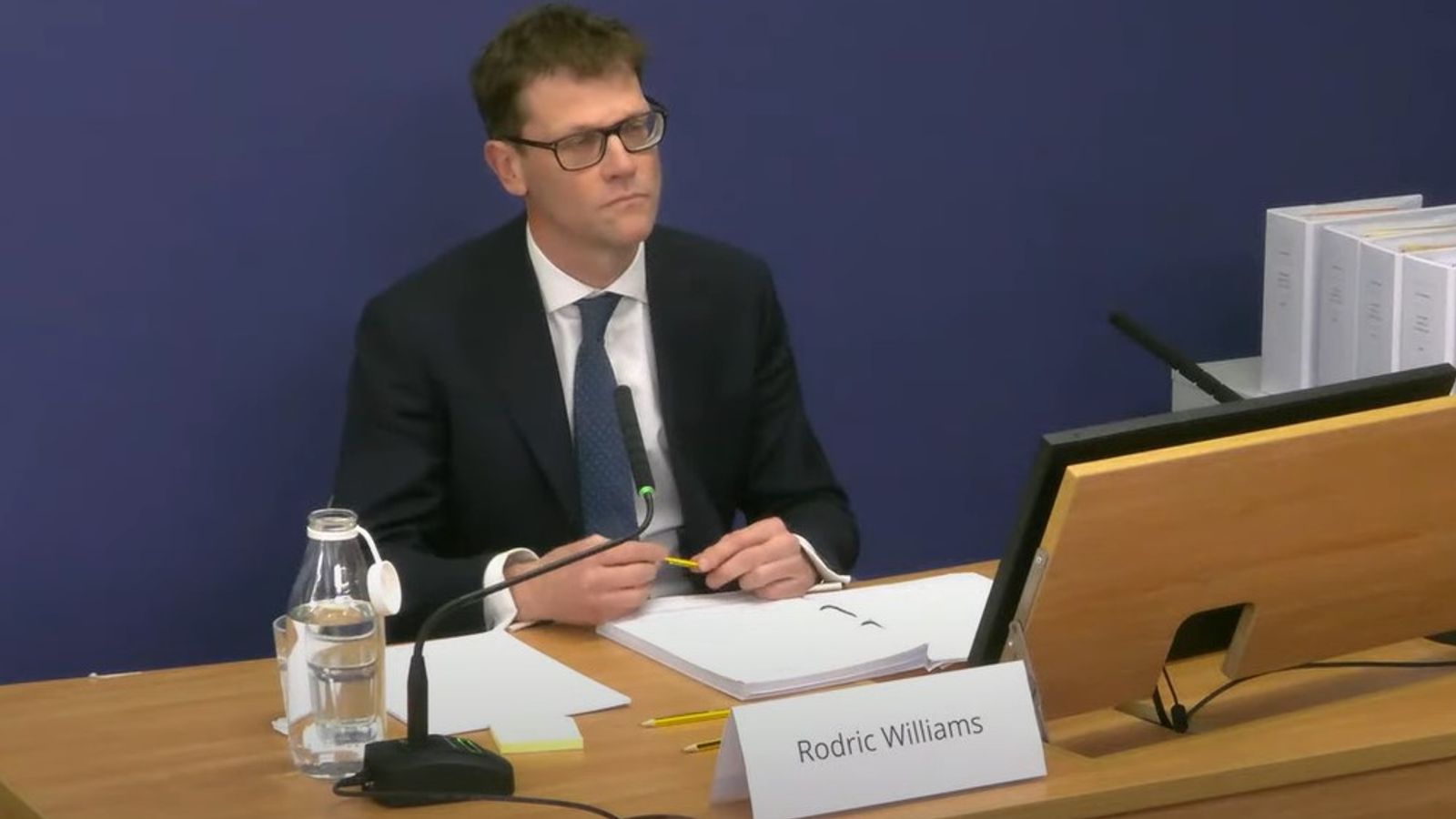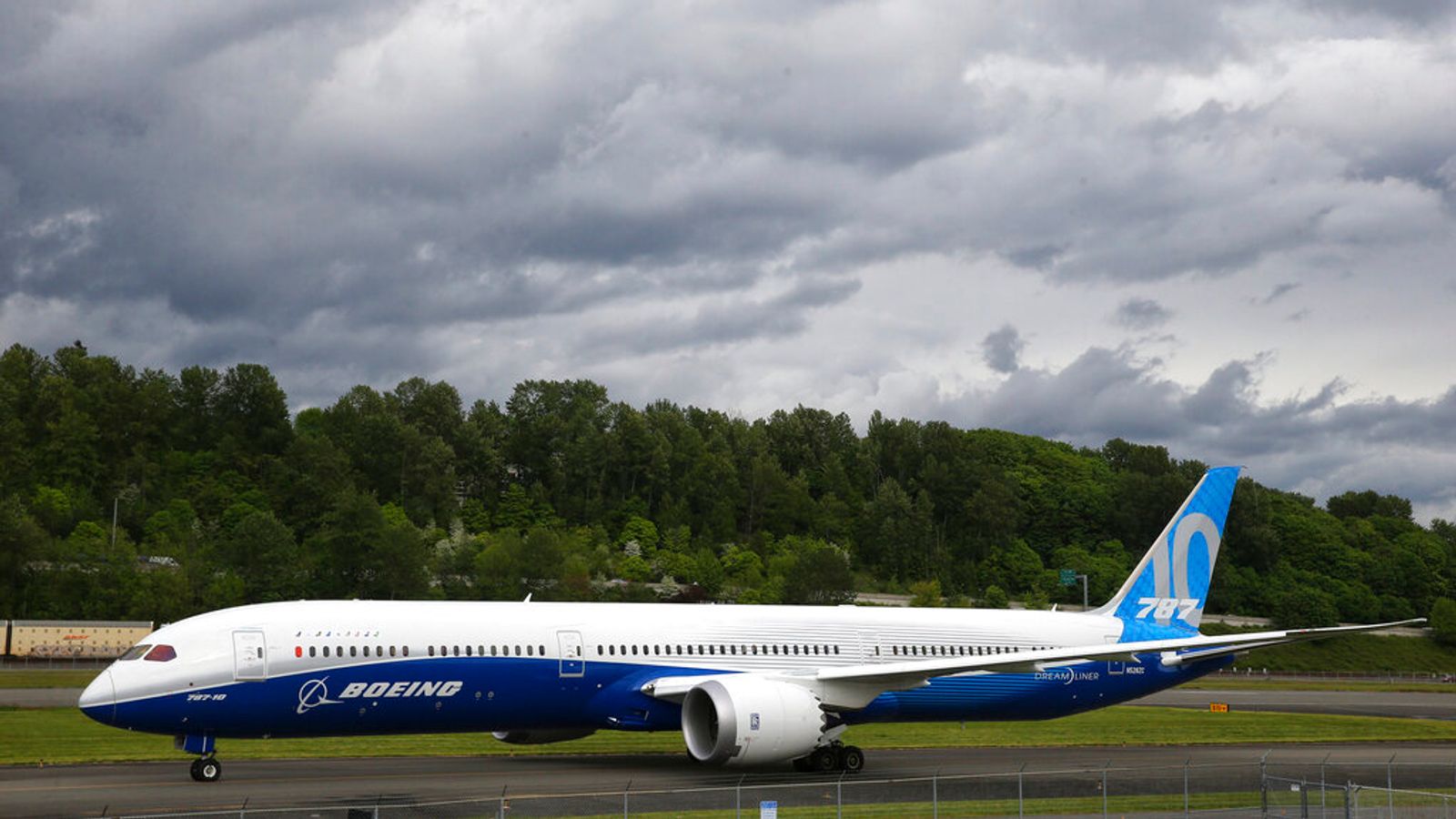
A daredevil entrepreneur who crashed at 244mph during a bid to set a speed record in a Porsche 911 Turbo took one hand off the wheel to deploy a parachute, an inquest heard.
Zef Eisenberg, 47, was attempting to prove he had created the world’s fastest Porsche and achieve a record “flying mile” when he died at Elvington Airfield near York in 1 October 2020.
His “extensively modified” car overturned at high speed, barrel rolling and spinning end over end, travelling 500 metres before it eventually came to a stop.
The millionaire businessman suffered “multiple traumatic injuries” and died at the scene.
Mr Eisenberg, an ultra-speed motorcycle racer, asked for a parachute to be fitted to his Porsche as part of his own bespoke design.
He mistakenly braked before releasing the parachute – causing the car to become unstable and take off, the inquest found.
Jamie Champkin from Motorsport UK – the organisation which gave Mr Eisenberg the permit to take on the challenge – said the car hit the ground nose first.
“Unsurvivable” incident
Mr Champkin told the inquest: “The car became airborne very quickly, it travelled 513 metres before coming to a rest.
“The minute it is in the air, there’s no friction, apart from air friction, to restrain its speed in any way.”
He added: “Our estimates were it was probably still doing 150mph, maybe 250mph, but it hit the ground and our very basic calculations would suggest an impact force may be as high as 37,000lbs, or 218 times Mr Eisenberg’s body weight.
“This incident was not survivable in that context.”
Coroner John Heath recorded a verdict of misadventure after Mr Eisenberg died from injuries caused while “driving at approximately 244mph during a record speed attempt.”
He needed to take his left hand off the steering wheel of the modified vehicle – which was legal to drive on the road – to use a lever to deploy the parachute.
Steve Gardner, who at the time was a collision investigator for North Yorkshire Police, said the movement to push the lever forward and release the parachute was “quite substantial”.
The car was not fitted with an alternative device, a button mounted on the steering wheel.
A minimal but noticeable twitch was observed on the steering wheel seconds before Mr Eisenberg lost control.
He carried out 10 runs of the airfield that day, with analysis of the vehicle finding no faults in the brakes, tyres or aerodynamics.
Relatives who joined the inquest remotely expressed concerns about whether Mr Eisenberg was strapped in correctly using a six-point harness, which was attached to the car in five places.
‘True genius with unique talents’
Thrill-seeker Mr Eisenberg survived Britain’s fastest motorcycle crash at the same airfield in 2016 when his turbine-powered motorbike failed to stop at the end of the runway.
But he was forced to learn to walk again after breaking bones in his legs and pelvis.
The former teenage bodybuilder, from north London, made his fortune with the Maximuscle fitness brand of protein powder – which was later sold to pharmaceutical giant, GlaxoSmithKline – before moving to the island of Guernsey.
His passion for motorsport led to him presenting ITV show Speed Freaks, focusing on the design, build and engineering of extreme cars.
His family paid tribute to him as a “true genius with unique talents”.
Mr Heath said he would make a report asking Motorsport UK to consider regulations about the strength of the chassis at which point harnesses are mounted – although this was not a factor in Mr Eisenberg’s death – in the hope of preventing future deaths.











